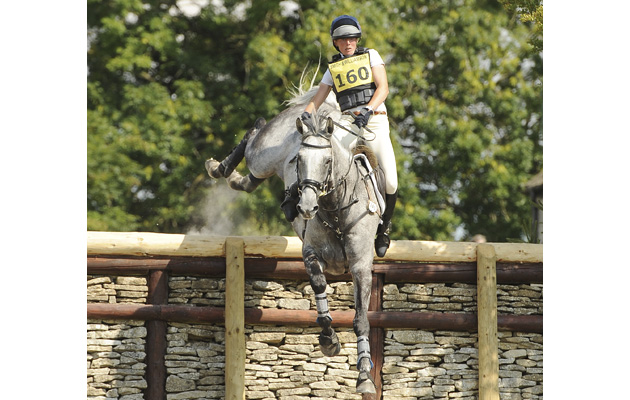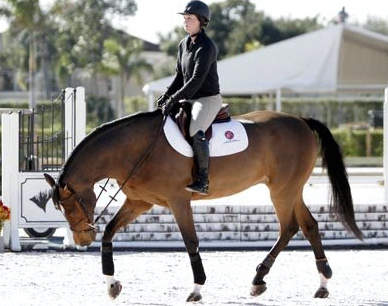Our TWO POLE training series explores the variety of exercises you can practice to improve both horse and rider, simply using two jump poles. Brought to you by experienced trainer and ReadySupp’s co-founder Didi Verdina, the series covers exercises for all levels of horse and rider and begins with the easiest level.
Didi quotes a famous horseman when offering advice for using these training exercises which are designed to help improve your riding, your horse and your enjoyment, so remember this:
“Practice doesn’t make perfect, perfect practice makes perfect” – George Morris.
Series #4: Riding better corners will help develop all aspects of your horse’s going!
When we ride a corner we generally tend to focus on the dressage exercise, or jump we will be doing next, we often forget how essential it is that we prepare for and ride the corner correctly, ensuring we are always in full control of our horse’s shoulders and back end.
Practice this exercise weekly to improve your riding through corners and maintain better rhythm and balance. This exercise is suitable for all levels of horses and riders.
Exercise: Place 2 poles on the ground as shown in the diagram, one should be at C and one at S, if you have 2 extra poles you can add them at A and P, so you can execute the exercise equally on the other rein.
Remember, from the first time you trot over the poles make sure your horse is well channeled between hand and leg, bear in mind you won’t be riding on the track and you must ride over the centre of each pole. This requires accuracy, especially when going round the corner as your horse will naturally drift towards the outside track and arena rails.
Don’t ever let your horse drop his shoulder and fall out in the corner, use the first pole you are going over as a marker to start using your outside leg as you are approaching the corner and concentrate on keeping your horse’s neck from over-bending to the inside. Don’t forget to support with the outside rein! For horses that particularly struggle with this you can approach the corner with a little outside flexion, this will help you keep your horse from falling out.
Once you have good control and you are in balance with a good rhythm in trot you can progress in to canter.
Tips:
- Remember to use outside flexion if your horse tends to over bend – the neck should be always kept straight with a little flexion over the pole
- Remember you are NOT riding on the track in this exercise and you are aiming for the CENTRE of each pole
- Make sure your rhythm doesn’t change throughout the exercise. Many horses tend to slow or speed up when asked to ‘push straight’ and use themselves properly
- When you start cantering over the poles and have achieved balance with good rhythm, count the number of strides, then maintain this number of strides with your horse pushing straight and forward
Remember: Perfect practice makes perfect!
Follow ReadySupp on social media and via our newsletters for useful (and interesting) articles on nutrition, training, events and equestrian news from our experts. ReadySupp Co-Founder Didi Verdina is our ‘training’ expert, she continues to teach in her spare time, competes, and she is qualified to BHSI level (Italian equivalent). Visit our homepage to subscribe.
If you have any questions on equine supplements, and want to improve your horse’s health, performance, or attitude give our friendly team a call 01672 541 157 for advice. We won’t try and hard sell you anything – we promise.









